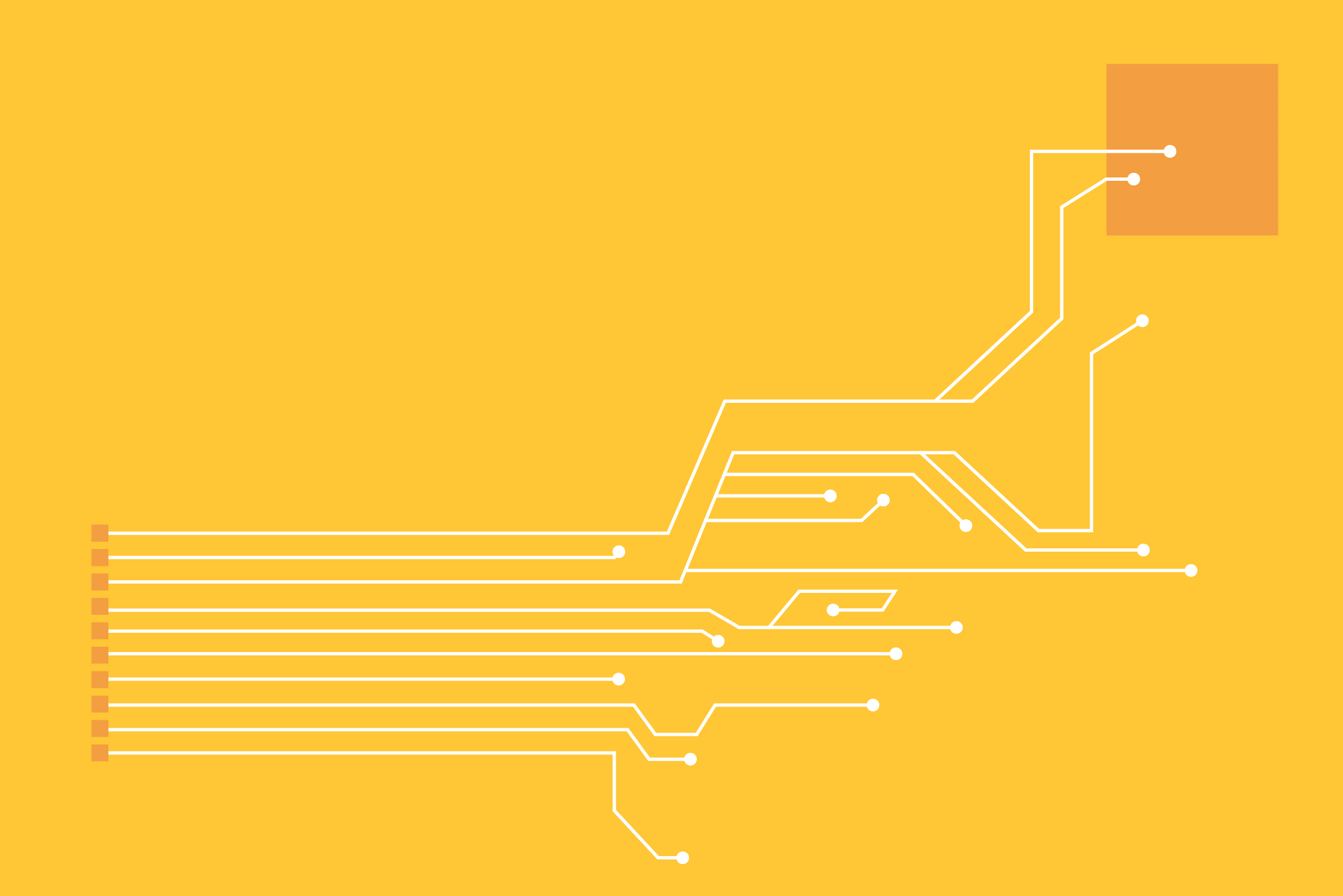Every inventor wants to bring the next iPhone to market, but there are many barriers. We need to rethink how we develop new physical products.
When we think of “hardware,” we often think of gadgets. But the term covers a wide range of physical products, from simple screws to connected devices. Everyday tools and devices make household tasks easier and workplaces more efficient. Scientific hardware enables transformative discovery. And some types of equipment, such as face masks and medical devices, can even save lives.
Bringing new products to market has never been easy, and the list of famous fails is long: In recent years, Juicero, Google Glass, Amazon’s Fire Phone, and the Theranos Edison have all made headlines for missing the mark. Still, every inventor holds out hope that they will be the one to launch the next iPhone, OXO peeler, or Vipp pedal bin.
Of course, there are many obstacles along the way; that’s why so many products don’t make it. The rise of digital has changed our view of product development; American companies have become adept at making apps, but manufacturing has been declining for decades. Hardware development is time-consuming and expensive, especially compared with software development’s relatively low barrier to entry. The costs and complexities ripple across the entire hardware development process.
A complex process
First things first: New products must solve a real human problem. Is hardware the solution or part of the solution? When we worked with a global pharmaceutical company, we tested a hypothesis that advances in hardware and software could help diagnose cardiovascular disease earlier and help patients better manage their heart health. That meant defining the problem, then conducting flexible cycles of research, concepting, and prototyping with real patients and providers. Prototyping takes time, as well as access to materials and feedback from users. And while there may be urgency and speed on the digital side, matching software with hardware changes everything. Sourcing materials and supplies can be difficult, and supply chains are easily disrupted by natural disasters, civil unrest, and pandemics; in 2020, we’re seeing these impacts in real time.
Before hardware products go to market, inventors will need to consider intellectual property rights, including patents and licensing; some categories of products also need to navigate approvals and compliance with industry rules and safety regulations. Finding a market is often easier said than done; if a business problem, audience, and unique value proposition aren’t defined prior to prototyping, it may be difficult to match the product to a customer base.
Even if there’s a waiting list of eager buyers for the new product, inventors face more hurdles. Pricing and business modeling are notoriously difficult; if the price per unit is too low, it will be impossible to scale in a sustainable way. Developing a sustainable, scalable business model is a common problem; overcoming this hurdle was the reason we launched Tool Foundry in 2019. Tool Foundry’s accelerator was designed to advance low-cost, high-quality, and easy-to-use tools for scientific discovery by helping inventors connect with learning opportunities and financial support to turn hardware prototypes into scalable platforms.
Production and distribution require thoughtful partnership with manufacturers and shipping partners that can support growth at scale. And continued iteration is complicated; while software developers can easily push updates to app users, it’s much harder to make adjustments or updates to hardware that’s already in customers’ hands.
The way forward
Hardware is hard, but it’s essential. We need to rethink how we develop new products for a new era. Reducing or eliminating known barriers helps us push the boundaries of what hardware can do, while staying flexible enough to overcome as-yet-unknown obstacles along the way.
Given current disruptions — political, economic, social, and environmental — it’s important for individual countries to enact sustainable changes to meet demand for all types of products. Supply chains have traditionally been optimized for cost efficiency; now entire systems must be redesigned to respond to evolving needs with agility and resilience. That means forecasting needs and risks, rethinking acquisition, building local production capacity, fortifying strategic reserves, and planning for equitable distribution.



